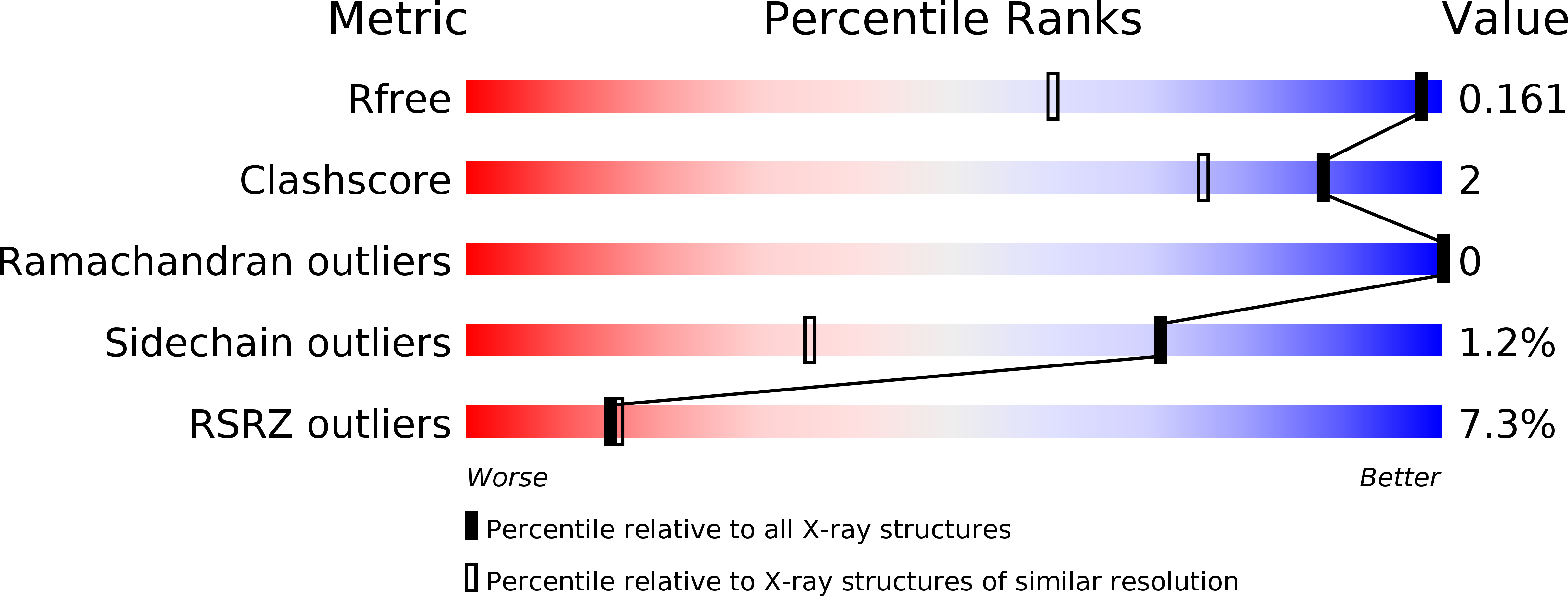
Deposition Date
2016-03-23
Release Date
2017-08-09
Last Version Date
2025-04-02
Entry Detail
Biological Source:
Source Organism:
Acinetobacter baumannii (Taxon ID: 470)
Host Organism:
Method Details:
Experimental Method:
Resolution:
1.15 Å
R-Value Free:
0.16
R-Value Work:
0.13
R-Value Observed:
0.13
Space Group:
P 1 21 1


